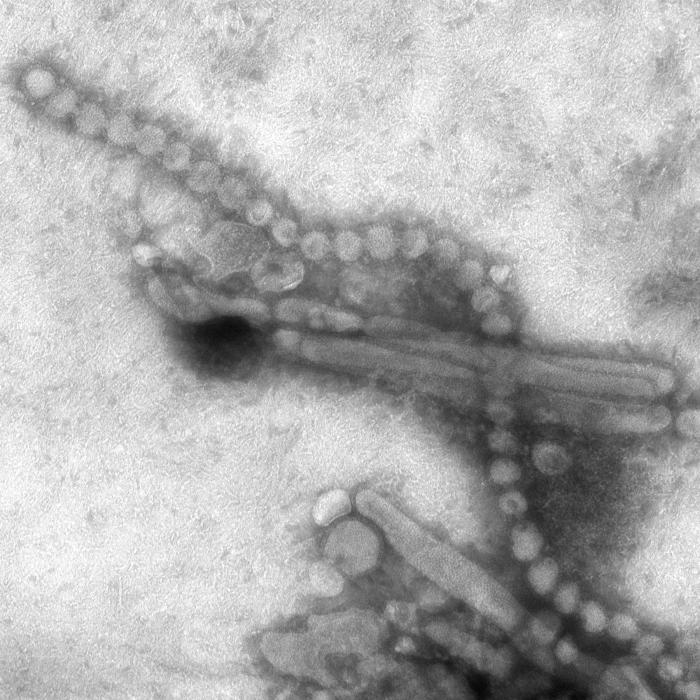The Chineses National Health and Family Planning Commission (NHFPC) is reporting two additional human cases of avian influenza A(H7N9) in Zhejiang this fall bringing the total reported by the NHFPC since October 2015 to four, all from Zhejiang.

According to the NHFPC, the cases comprise a woman aged 62 in Shengzhou, and a female farmer aged 51 in Hangzhou. They had poultry exposure history and are currently in serious condition.
Health authorities in Hong Kong have said, “Based on previous seasonal patterns, it is likely that the activity of avian influenza viruses might increase in winter. Heightened vigilance is warranted.”
From 2013 to date, 661 human cases of avian influenza A(H7N9) have been reported by the Mainland health authorities.
In addition, 20 cases imported from China have been reported in Canada (2), Hong Kong (13), Malaysia (1) and Taiwan (4).
Avian influenza (AI) is caused by those influenza viruses that mainly affect birds and poultry, such as chickens or ducks. These AI viruses are distinct from human seasonal influenza viruses. Since the AI viruses does not commonly infect human, there is little or no immune protection against them in the human population. People mainly become infected with AI through direct contact with infected birds and poultry (live or dead), their droppings or contaminated environments.
Robert Herriman is a microbiologist and the Editor-in-Chief of Outbreak News Today and the Executive Editor of The Global Dispatch
Follow @bactiman63
Related:
- Thailand dengue cases up an additional 5,000, Actor Por Sahawong in coma
- Brazil: Man monitored for suspected Ebola
- Treating celiac disease with hookworms? Australian researcher continues study


2 thoughts on “China: Two additional H7N9 avian influenza cases reported in Zhejiang”